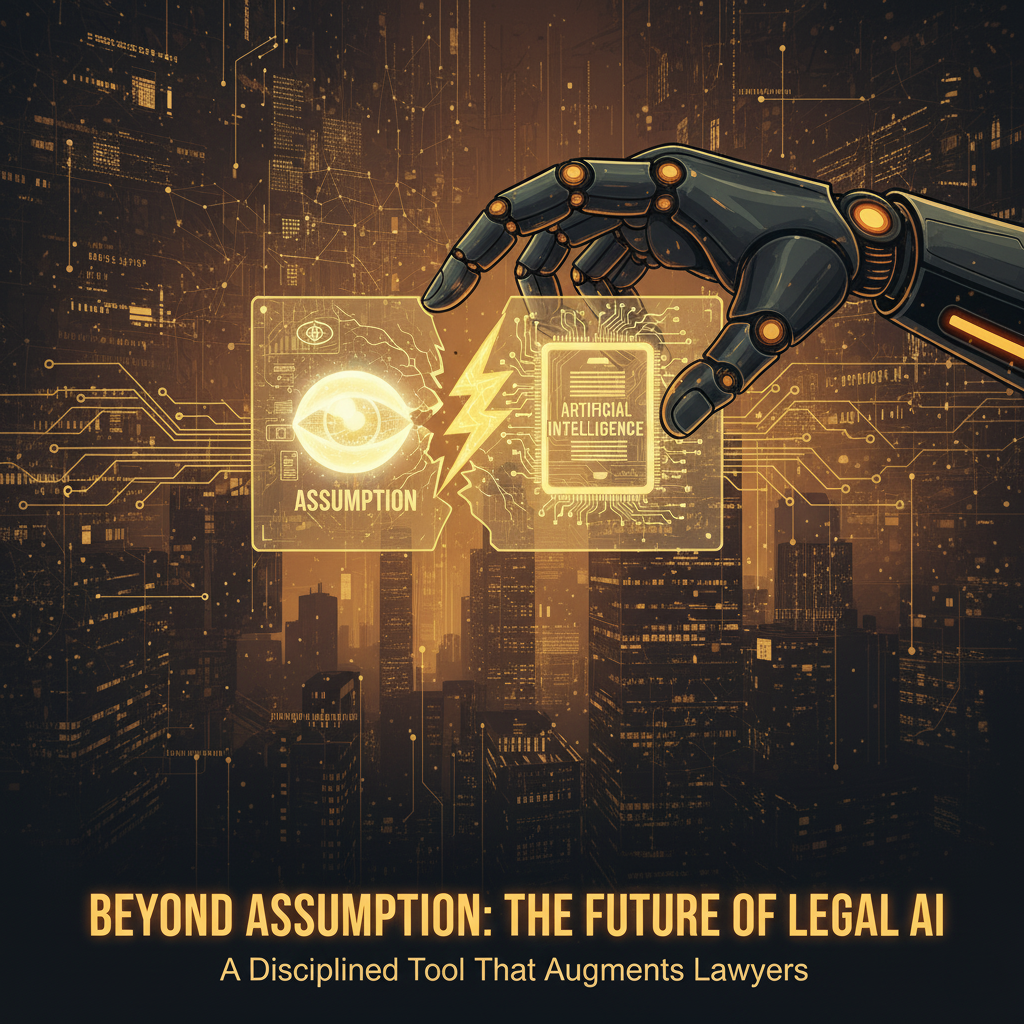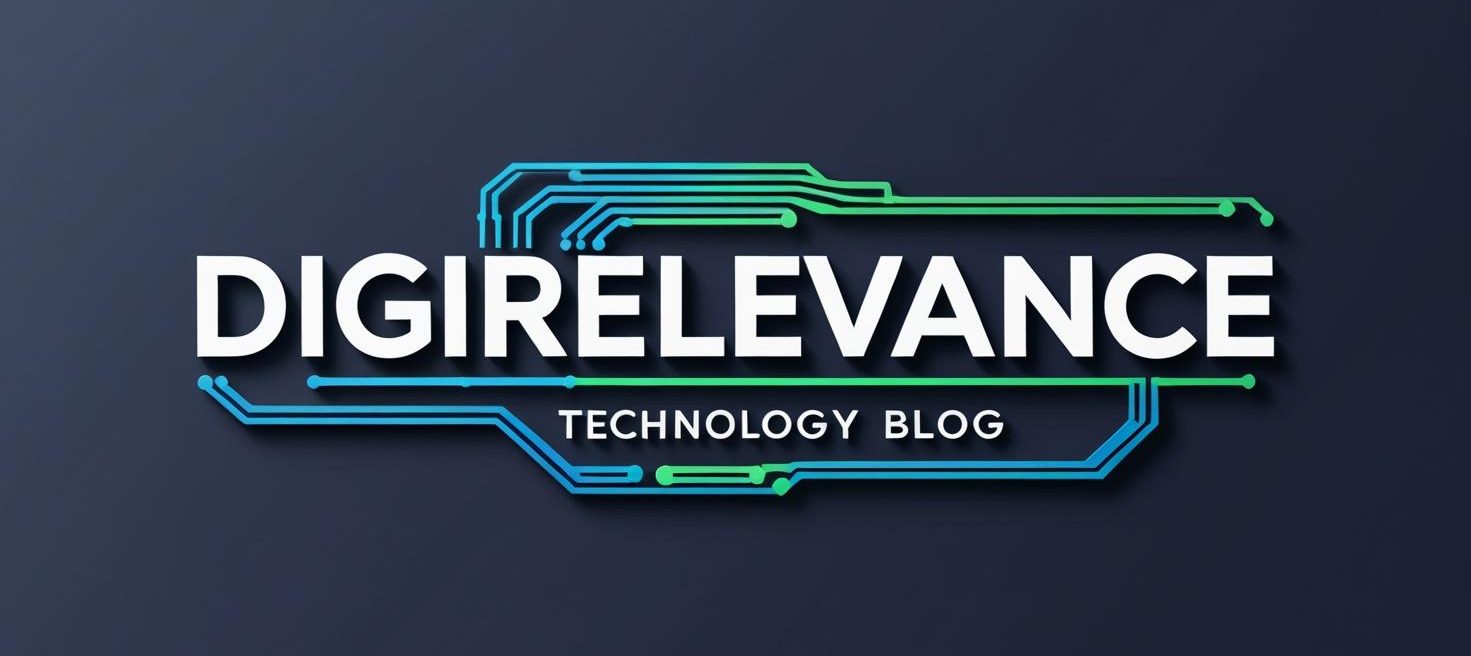
The most dangerous feature in legal AI isn’t hallucination—it’s assumption. As AI moves from buzzword to backbone, the “A” must stand for artificial, not assumed intelligence. That mindset shift is the single most important development in LegalTech right now, because it reframes AI as a disciplined tool that augments lawyers rather than an omniscient oracle. If we get that right, everything else—from ROI to risk—starts to fall into place.
We’re seeing that discipline pay off in document review and contract analytics. Kira Systems’ latest update reportedly improves due diligence efficiency by over 40%, and Luminance’s newest models sharpen anomaly detection in complex contracts. These aren’t lab demos; they’re production gains in compliance reviews, risk assessments, and contract lifecycle management. The story isn’t “AI replaces lawyers,” it’s “AI removes toil and exposes risk faster.”
Conversational AI is also maturing from novelty to utility. Juro’s new AI assistant and Onit’s case management enhancements are using natural language processing to answer “Where is the change of control clause?” or “Which matters are trending hot?” in seconds. That means less time trawling through the nooks and crannies of knowledge silos and more time advising clients. The payoff is practical: accelerated decisions, stronger outcomes, and reduced legal spend without compromising judgment.
Meanwhile, consolidation signals a market growing up. Incumbents like Thomson Reuters and RELX are acquiring machine learning specialists to embed AI deeply into research and workflow platforms, raising the baseline for everyone. That’s good for integrated experiences but increases the risk of vendor lock-in. Smart buyers will negotiate data portability, insist on open APIs, and demand clear exit paths before they commit to any AI ecosystem.
Governance is where legal’s inherent caution becomes a superpower. As reliance on AI outputs grows, firms need transparent audit trails, bias monitoring, and compliance with evolving regulations—not as slideware, but as operating practice. Think model-of-record logs tied to matters, documented prompts and responses, and human-in-the-loop checkpoints for material risk. The firms that treat AI governance like e-discovery defensibility will outpace those treating it as an afterthought.
If you’re leading innovation, build a practical playbook now. Pick two high-volume workflows, baseline the cycle time and error rates, then run 90-day sprints with clear acceptance criteria. Invest in prompt libraries, user training, and cost-of-quality metrics so improvements are measurable and repeatable. Most importantly, align incentives: reward teams for precision, not just speed, and make explainability a feature, not just a footnote.
Better anomaly detection and faster compliance reviews can reduce systemic risk, contain costs, and expand access to timely legal guidance. But shortcuts will backfire: ungoverned models can encode bias, hide reasoning, and erode client trust. In my view, by 2026 the competitive edge won’t be who has the flashiest model—it will be who can prove their AI is reliable, auditable, and aligned with professional ethics.
Should firms start treating AI systems like junior colleagues—tracked, trained, and accountable—or like calculators—transparent, controlled, and non-billable?

